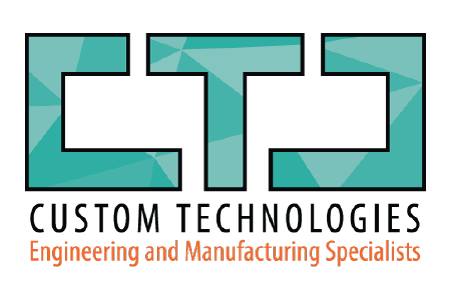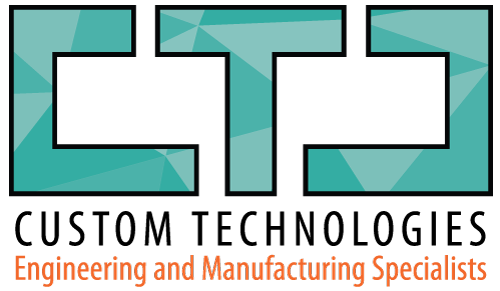Revolutionizing Inventory Management with Automated Product Counting
The advent of automated product counting systems has marked a significant leap forward in inventory management and manufacturing processes. These systems, powered by sophisticated technologies like machine vision and artificial intelligence, offer unparalleled precision in counting products, revolutionizing the way businesses handle inventory and production.
The Core of Automated Counting: Machine Vision Technology
At the heart of automated product counting lies machine vision technology. This innovative approach uses high-resolution cameras and advanced image processing algorithms to accurately identify and count individual items. Unlike manual counting, which is prone to errors and inconsistencies, machine vision provides a reliable and efficient solution, capable of handling high volumes of products with speed and accuracy.
The Impact on Manufacturing and Inventory Management
The introduction of automated counting systems has had a profound impact on manufacturing and inventory management. These systems streamline production processes, reduce the likelihood of errors, and ensure that inventory levels are accurately maintained. By automating the counting process, businesses can allocate their resources more effectively, focusing on value-added activities rather than time-consuming manual counts.
Real-time Data for Informed Decision Making
One of the key advantages of automated product counting is the ability to provide real-time data insights. This immediate access to accurate inventory information allows businesses to make informed decisions regarding stock replenishment, production scheduling, and overall supply chain management. Real-time visibility into inventory levels helps prevent stockouts and overstocking, optimizing the supply chain and improving customer satisfaction.
A Future Driven by Efficiency and Accuracy
The future of inventory management and manufacturing is undeniably intertwined with automated product counting technologies. As these systems continue to evolve, incorporating more advanced sensors, AI algorithms, and integration capabilities, businesses will benefit from even greater efficiency, accuracy, and scalability. The move towards automation in product counting is not just a trend but a fundamental shift towards more intelligent, data-driven manufacturing and inventory practices.
In summary, automated product counting represents a significant advancement in the way businesses manage inventory and production. With its precision, efficiency, and real-time data capabilities, it offers a powerful tool for businesses looking to optimize their operations and stay competitive in the fast-paced market.
Broadening Horizons: Automated Counting Across Industries
Automated product counting technology transcends traditional boundaries, finding applications across a diverse range of industries. Its versatility and adaptability make it an invaluable asset in sectors where accuracy and efficiency are paramount.
Pharmaceutical Industry
In the pharmaceutical sector, precision is non-negotiable. Automated counting ensures accurate dosage and packaging, maintaining strict compliance with health regulations. It facilitates the counting of pills, capsules, and other medicinal units, ensuring patient safety and product reliability.
Automotive Manufacturing
The automotive industry benefits significantly from automated counting in managing the myriad of parts required for vehicle assembly. From small screws to larger components, automated systems ensure that the right parts are available at the right time, streamlining production lines and reducing the risk of assembly errors.
Consumer Goods and Retail
For consumer goods, especially in retail and warehousing, automated counting optimizes inventory management and order fulfillment processes. It ensures that products, from electronics to food items, are accurately counted and tracked, enhancing supply chain efficiency and customer satisfaction.
Electronics and Components
In electronics manufacturing, where components are often tiny and numerous, automated counting is crucial for maintaining production accuracy and speed. It ensures that all necessary components are available for assembly, reducing downtime and increasing throughput.
Food and Beverage Industry
The food and beverage industry utilizes automated counting for packaging and quality control, ensuring that products meet the required standards and quantities. This technology is particularly useful in handling bulk items like grains, candies, or baked goods, where manual counting would be impractical.
These examples underscore the widespread applicability and benefits of automated product counting technology. By enhancing accuracy, efficiency, and reliability, it supports industries in meeting their production and inventory management goals, ultimately contributing to operational excellence and customer satisfaction.
Navigating Towards a Future Defined by Automated Counting
The evolution of automated product counting technology is steering industries toward a future where inventory management and production processes are defined by unprecedented levels of efficiency, accuracy, and integration. The fusion of AI, robotics, and IoT devices is laying the groundwork for a new era in manufacturing and warehousing, characterized by smart, interconnected systems that offer real-time insights and unparalleled operational control.
In this future, businesses will not only benefit from the direct advantages of automated counting but will also enjoy broader operational improvements, including reduced waste, lower operational costs, and enhanced customer satisfaction. As we move towards this future, the potential for innovation and growth in automated product counting and inventory management is boundless, promising a landscape of opportunities for businesses ready to embrace these technologies.

